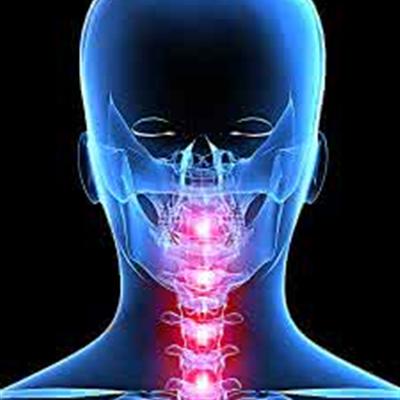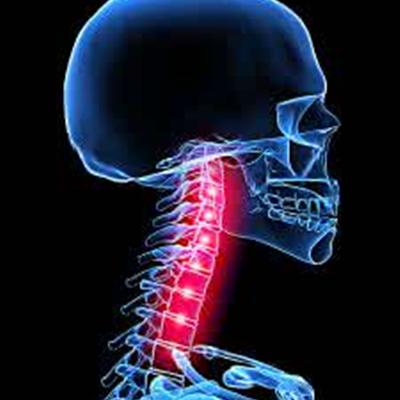How does cervical vertebra bone fracture treat
summary
Fracture is a very common phenomenon, there are several cases of fracture, cervical spine fracture is one of them. Cervical spine fracture may be accompanied by dislocation, which is the most serious injury in all kinds of lower cervical spine injuries. Falling from high altitude, heavy objects hitting the head, neck, shoulder or back, diving injury, being buried by soil and ore in landslide accidents, etc. all these may lead to the occurrence of cervical spine fracture. Now let's talk about how to treat cervical spine fracture.
How does cervical vertebra bone fracture treat
First: when finding patients with cervical spine fracture, we must pay attention to the first aid, because the stress point of the injured is mostly on the top of the head, sometimes the patient may have coma. The site should first consider whether there are brain and other important organs of the combined injury. Pay attention to the reasonable protection of the neck when handling, so as not to aggravate the injury.

Second: for the wounded with cervical spine injury, special personnel should be assigned to support the head, and slightly traction should be added along the longitudinal axis to make the head and neck roll together with the trunk. Or the wounded should hold his head with both hands and move it slowly. It is strictly forbidden to move the head by force. After sleeping on the board, put sand bags or folded clothes on both sides of the neck to fix them.

Third: for patients, we can use electroacupuncture and massage treatment: Electroacupuncture and massage, massage can promote nerve recovery function, and can make paralytic limb muscle passive contraction, promote blood and lymph circulation, to avoid muscle atrophy, limb edema and joint stiffness, deformity help.

matters needing attention
Early release of the compression on the spinal cord is the primary problem to ensure the recovery of spinal cord function. The fracture or dislocation of vertebrae should be reduced as soon as possible. After correct treatment, the spinal cord function of the injured with incomplete paraplegia can be recovered to varying degrees.















